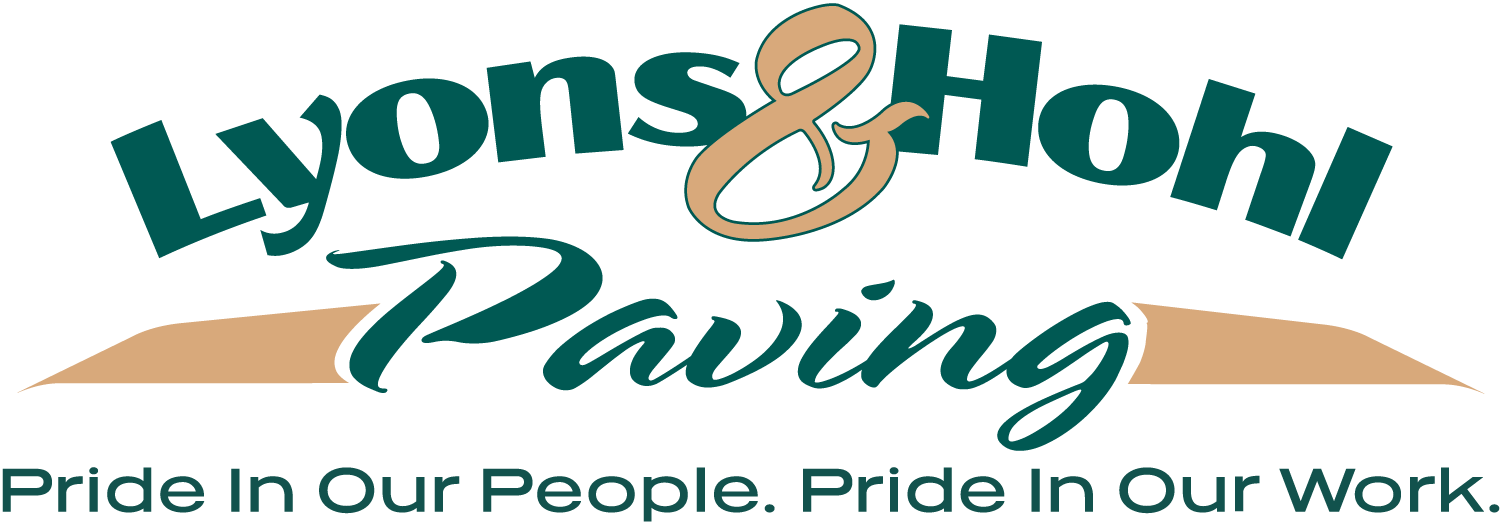WHAT IS ASPHALT RESURFACING, AND HOW DOES IT WORK?
It’s time. You’ve noticed your asphalt driveway or parking lot is looking worn. It’s showing unsightly cracks and holes that aren’t easy to fix with small repairs. Thankfully, you don’t need to spend the money to replace the entire pavement. With asphalt resurfacing from a trusted asphalt paving contractor, you can fix those ugly cracks and add years of life back to your asphalt without spending a fortune.
While it’s easier and more cost-effective than starting from scratch, resurfacing asphalt is still a multi-step process that you shouldn’t try to tackle on your own. For best results, look for a professional asphalt paving contractor near you. If you’re considering resurfacing your asphalt pavement, here’s what you can expect.
What is Asphalt Resurfacing?
Resurfacing is the process of removing and replacing the top layers of your existing asphalt. The new surface, which is usually between 1-2” thick, typically extends the lifespan of your driveway or parking lot by 8-15 years. Even better, it makes your pavement look brand new at a fraction of the original cost.
When Should You Resurface?
Asphalt driveways and parking lots wear down over time, and at a certain point, minor repairs and patching aren’t enough anymore. Unlike seal-coating, which is used for preventative maintenance, asphalt resurfacing adds new asphalt that can correct damage to your existing pavement. Cracks, potholes, pooling water, and more are signs that it’s time for resurfacing.
Depending on how old or damaged your pavement is, resurfacing may not be the right option. If your base layers are unstable, or you have issues with grading and draining, adding a new layer of asphalt will only temporarily hide the problem. Before resurfacing, talk with an asphalt paving contractor near you to get a professional assessment of your situation.
Process of Resurfacing Asphalt
Once you’ve decided that resurfacing is the way to go, what are the steps of the process? While you may be tempted to make it a DIY job, top-quality asphalt pavement is best done by a professional paving contractor with the equipment and years of experience to get the job done right. Here’s what’s involved:
Inspection
The first step of our paving process is to assess the current condition of your parking lot or driveway. This allows our paving contractors to ensure we have the right specifications for your job. We’ll also identify any issues with your current pavement like grading, drainage, asphalt damage, and more. This is a critical step that you’ll miss if you’re not working with a professional paving company. The last thing you want to do is spend the money to resurface a driveway or parking lot with underlying structural damage that will start showing through in only a few years.
Preparation
Before resurfacing can begin, the asphalt must be clear of obstacles. For commercial paving projects like parking lots, these might be things like access ramps, speed bumps, or concrete parking bumpers. Any structures for utilities like wires or pipes may need to be adjusted as well to avoid damaging them during the process.
Asphalt Milling
Milling is the process of removing the top layer of your old asphalt. This creates space for the new layer of asphalt, so the overall level of your pavement doesn’t change. It also gives our paving contractors access to sublevels of your asphalt to repair any damage. Keep in mind that once milling begins, your parking lot or driveway shouldn’t be used until the resurfacing process is complete. After milling, we’ll remove and clean all debris.
Repairing
If the pavement below the top layer of asphalt is damaged, it may require repairs. Our paving contractors will seal cracks and fill potholes. Depending on how deep the damage goes, we may need further milling to fix rough areas. Our end goal is a smooth, even surface that’s ready for the new asphalt layer.
Asphalt Resurfacing
Now it’s time to lay down the new asphalt. We do this in multiple layers, starting with a sticky tack coat that helps the new asphalt bond to the layer below. Finally, we lay down fresh asphalt, which must be done using rolling and paving machines.
Our process ensures that asphalt is properly applied, tamped, and compacted while it is still warm, so you get a smooth, durable final surface. Just keep in mind that your new asphalt needs time to cure and dry, so cars should stay off of fresh asphalt for one to three days after resurfacing.
Ready to Resurface? Look No Further for an Asphalt Paving Contractor Near You
When you’re looking to resurface your driveway or parking lot, you want a reliable asphalt paving contractor you can trust to get the job done right.
Here at Lyons & Hohl, we have a fleet of heavy-duty paving equipment, and we pride ourselves on using the correct techniques to deliver a beautiful, smooth asphalt surface that will look great for years to come! Contact us today for a free quote on your next paving project.
